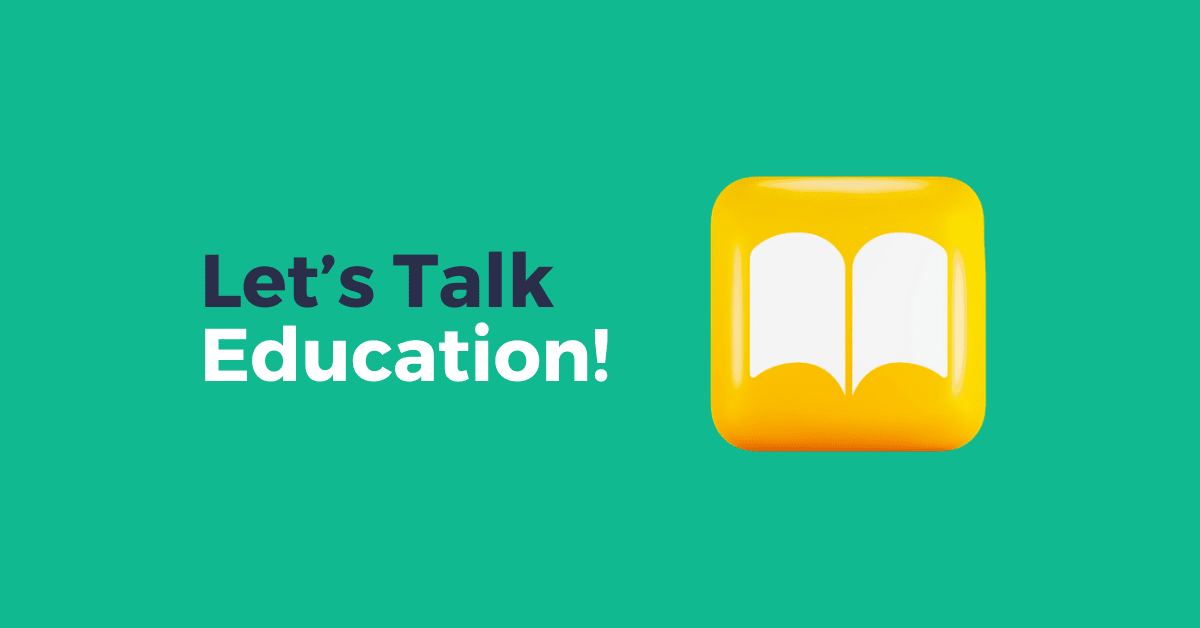Reading the lines in the book repeatedly or trying another way to paste those lines in our brain is how you and I have defined studying. The new Indian education system is allegedly going to provide the nation with a new meaning. Students run away even from the word study itself and, this was because of the Indian education system problems.
The new Indian education system has induced massive and necessary changes in the education system. It is going to change the Indian culture towards education. The 10+2 system of the school shall divide into 5(age 3-8)+3(age 8-11)+3(age 11-14)+4(14-18).
School now will be a completely different experience. The new policies coming up will allow the students to learn in their mother tongue or their regional language until grade five. Creativity in young minds will be encouraged by vocational activities. The introduction of coding will take place in grade 6, enhancing their IQ in technology.
The new policies enable the students to reappear for their board exams. The crux of this transition in the education system is the multi-disciplinary option that it offers in the grade 11-12. Knowledge will not be limited to particular streams. Students can choose subjects according to their interests and passion.
According to the National Education Policy(NEP) 2020, universities shall also provide the students with the choice to select courses or vocational subjects beyond the boundaries of the degree.
The most generous factor of the entire system is the ‘Academic Bank of Credits.’ It is a version of the bank lockers except that instead of jewelry and money, it will be the scores and credits stored inside it. For the students who, because of circumstances, cannot continue their studies, they can drop out for as long as they require.
And this bank of credit will help them continue their studies whenever they can although, it can create a feeling of casualty among some of the students. The bachelor’s degree shall be for 3-4 years. If you choose the four-year course, then a master’s degree will not be necessary. You can jump to the Ph.D. degree directly.
Four years of the bachelor’s program includes research. You drop out after the first year, receive a certificate, a diploma after the second year and a degree after the third year. Subsequently, after the fourth year, you are eligible for a Ph.D. program.
The goal of the New Indian education system is sustainable development by the year 2030 and to reach the gross enrollment ratio(GER) up to 50% by 2035. The new policies coming up concentrate more on the application and practical based study and meeting the international standards.
The exams will be conducted based on the core competencies and capabilities of the students. Co-curricular activities will be given equal importance in the report cards leading to cease the idea of only being good academically. This development in the Indian education system based on the recommendation of Dr.K Kasturirangan committee has many advantages and some disadvantages.
The proper and extensive execution of this change in the education system can help the nation to make a comeback globally. As said by Robert Greene,” The future belongs to those who learn more skills and combine them in creative ways.”

